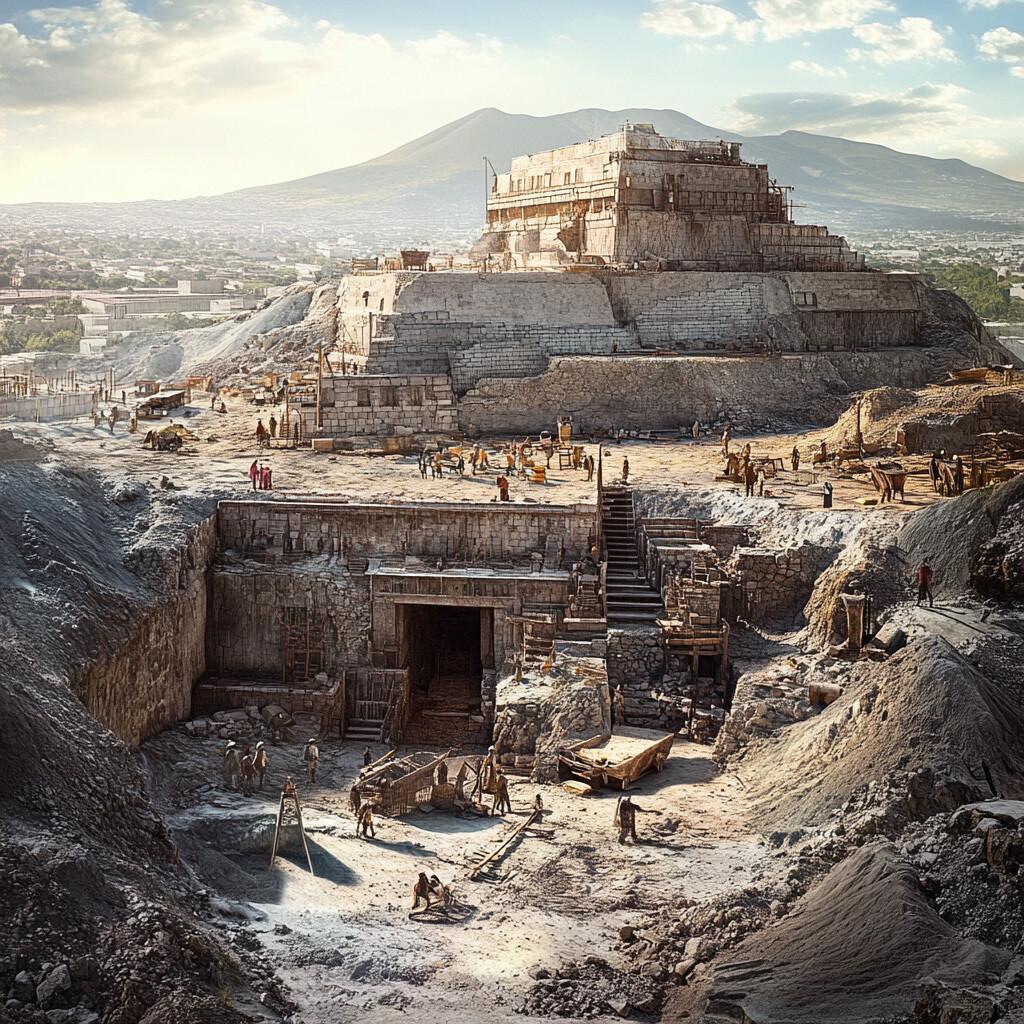Beneath the bustling sidewalks of our modern metropolises lie ruins more ancient than our streetlights, subways, or Starbucks. The ground beneath our soles often hides entire cities—once-vibrant hubs of culture, commerce, and conquest—now entombed by time and concrete. From the submerged alleys of ancient Alexandria to the Roman villas under London’s financial district, modern civilization isn’t built next to history; it’s built on top of it. Quite literally, our skyscrapers are standing on the shoulders of buried giants.
This phenomenon, known to archaeologists as “urban stratification,” plays out like an architectural layer cake. Cities don’t vanish; they sink into the strata of time, only to be paved over by new settlements. In places like Istanbul (formerly Constantinople, formerly Byzantium), walking down the street is a bit like time travel in reverse—each excavation for a new subway line uncovers mosaics, coins, and columns whispering of empires past. What we consider “new” is often simply the latest tenant of a very, very old address.
Sometimes the remnants are hidden in plain sight. In Rome, entire structures from the ancient empire serve as foundations for Renaissance palaces and medieval churches. It's a bit like finding out your charming apartment has excellent “bones”—because those bones once held gladiator games. London is no different: the city’s Guildhall Art Gallery houses a Roman amphitheater in its basement. Real estate agents may emphasize "period charm," but few clarify which millennium.
Beyond Europe, cities like Mexico City have been built atop the Aztec capital of Tenochtitlán, whose temples still push up through the cracks of colonization. There, history is not just underfoot—it’s a ghost pressing against the living city, reminding residents that memory is not so easily bulldozed. Even New York, not yet ancient in years, harbors remnants of Dutch colonial architecture under modern developments—proof that even young cities are already accruing layers.
There’s something poetic, almost humbling, in knowing that your Uber route might pass over a lost civilization. Every demolition and foundation dig is a gamble: are you about to hit bedrock, or the forgotten throne room of a minor Sumerian deity? Modernity, it seems, is only a few shovels deep. The future of archaeology may look less like Indiana Jones in the jungle and more like construction workers in hard hats pausing to call a museum.
But these buried cities also force us to confront uncomfortable questions. Who decides what gets preserved and what gets paved over? What does it mean to live on top of history—and ignore it? In our rush toward progress, we often treat the past as either obstacle or novelty, instead of what it truly is: a foundation, literally and metaphorically, for the world we inhabit.
So the next time your GPS glitches downtown, consider this: maybe it’s not the signal—it’s the ghosts. Cities are palimpsests, written and rewritten over the centuries, with old stories just waiting for us to dig them up. Under your feet, civilizations sleep, waiting for rediscovery—or at the very least, a passing thought.


